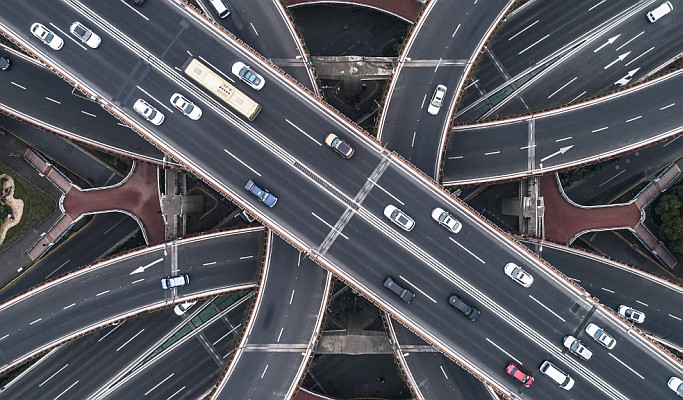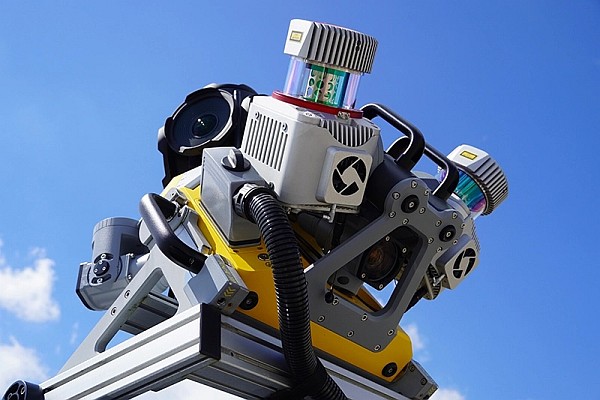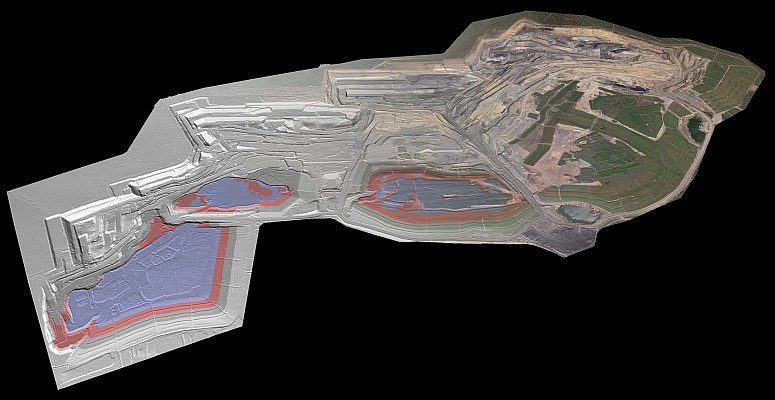A new digital tool displays the registration location of every non-compliant diesel Volkswagen in the state of California, and provides a selection of overlays that shows the effects of Volkswagen’s mass cheating on pollution testing. The map, developed by Kevala for the California Clean Energy Fund, shows that the resulting air pollution hits poor and minority communities especially hard—and suggests that these same communities could benefit greatly from the automaker’s efforts to make amends.

“This map shows those most impacted by VW’s malfeasance live in poorer communities and communities of color, which bear the burden of some of our state’s highest rates of air pollution. VW has the power to begin to correct that injustice by expanding access to clean transportation in these neighborhoods.”
Tweet this
The map comes out just days before Volkswagen’s Nov. 20 deadline to propose a reparations plan to the California Air Resources Board (CARB) in the wake of the auto giant’s admission that it has been rigging emissions tests in “clean” diesel cars that actually spew higher amounts of air pollutants than regulations allow.
“This scandal presents an opportunity to bring solutions to those who are suffering the most from dangerously dirty air,” said Danny Kennedy, managing director of the California Clean Energy Fund. “This map shows those most impacted by VW’s malfeasance live in poorer communities and communities of color, which bear the burden of some of our state’s highest rates of air pollution. VW has the power to begin to correct that injustice by expanding access to clean transportation in these neighborhoods.”
In addition to showing the location of all dirty diesel Volkswagen cars in California, the dynamic and interactive mapping tool, available here, displays commuting patterns, rates of pollution and poverty, localized impacts of emissions and particulate matter, and locations of electric vehicle charging infrastructure throughout the state.
The map illustrates how the impacts of pollution disproportionately affect communities of color and the poor. While diesel VW owners are concentrated in richer neighborhoods, commuters from affluent areas regularly travel on freeways through poor communities and communities of color, contributing to these neighborhoods’ poor air quality. Meanwhile, electric vehicle charging stations, which allow motorists access to the ultimate in clean-vehicle transportation, are also clustered in affluent neighborhoods.
“Penalties resulting from Volkswagen’s dirty-diesel scandal could begin to redress this imbalance, by expanding electric vehicle access in disadvantaged neighborhoods,” Kennedy said.
Volkswagen is reportedly setting aside billions of dollars to pay for its malfeasance. One potential option would be for VW to provide electric vehicle charging stations, incentives and financing to encourage more clean electric vehicles, especially in communities that so far lack electric-vehicle infrastructure.
“Figuring out where the VW diesels are and are likely to go is a key part of addressing this problem,” said Ethan Sprague, VP Sales & Business Development at Kevala, the company that developed the map. “If we can see where the damage is being done, we’re better able to figure out how to address it – and that’s what makes this map so powerful. It brings together key data to tell the Volkswagen story in a new way, and helps users conceptualize how Volkswagen could make up for the harm it caused.”
There is precedent for Volkswagen’s penalty to take the shape of mandated construction of electric vehicle infrastructure. In the wake of California’s 2001 energy crisis, NRG committed to building at least 200 fast-charging stations for electric vehicles.
But as the interactive map shows, these eVgo stations, along with other electric-vehicle charging stations, are located in affluent communities, rather than areas suffering from high pollution rates. Advocates for electric vehicles would like to see CARB structure its Volkswagen ruling in a way that helps fill this gap, with follow-up to ensure that commitments are kept.
“California has a chance to find creative ways to ensure penalties benefit the communities most impacted by pollution,” said Joel Espino, Environmental Equity Legal Counsel at the Greenlining Institute. “VW has a responsibility to help these communities overcome the cost barriers that keep them from having access to clean transportation and cleaner air. That means deploying charging infrastructure in disadvantaged communities and providing incentives and financing to help low and moderate income Californians drive electric cars and trucks.”
About the California Clean Energy Fund
The California Clean Energy Fund (www.calcef.org) works to promote the transition to a clean energy economy by creating institutions and investment vehicles that grow markets for clean energy technologies. CalCEF is a non-profit umbrella organization that pursues statewide and national agendas via 1) CalCEF Innovations, a 501(c)(3) that leads CalCEF’s analysis and product development; and 2) CalCEF Ventures, a 501(c)(4) that executes and scales the CalCEF investment strategy, and 3) CalCEF Catalyst, a 501(c)(6), industry association that engages and coordinates clean energy businesses and stakeholders.
Source: GISuser






